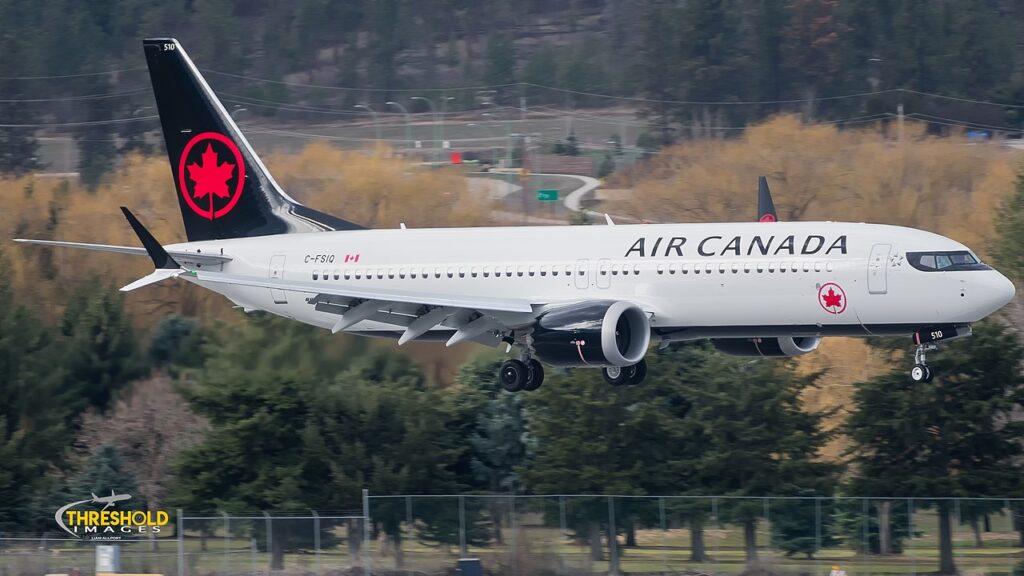MONTREAL- Canadian flag carrier, Air Canada (AC) in its annual investor conference revealed that they may launch more than seven new destinations in the United States (US) as confirmed by Ishrion Aviation.
Air Canada is based in Montreal, Quebec, and has a mixed fleet, operating long-haul services using wide-body aircraft and regional and transborder routes with narrow-body fleet.
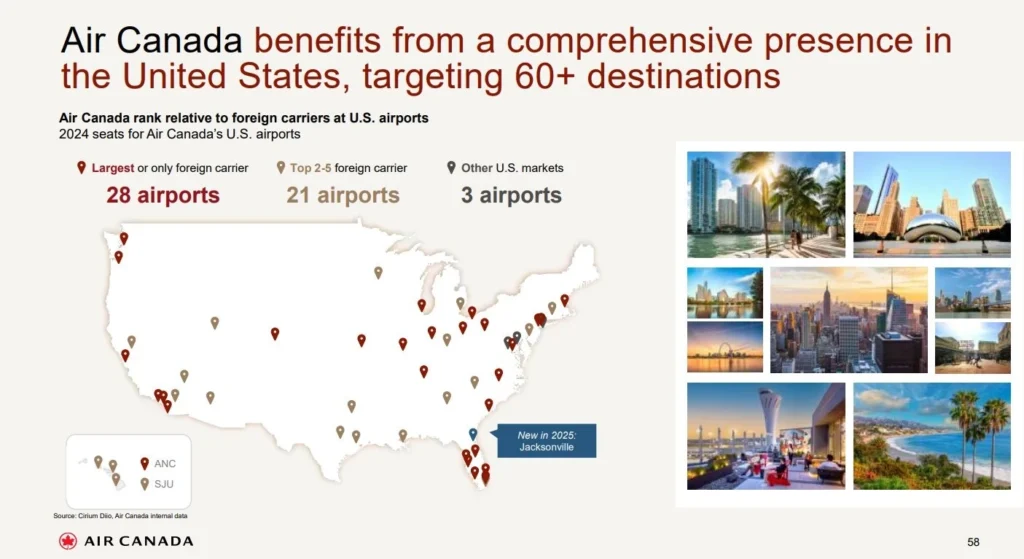
Air Canada US Destinations
Air Canada has made several new announcements that are aimed at increasing the visibility of the airline across the transborder market.
The airline will likely add more than seven new destinations in the U.S. by 2028 which makes sense considering the thick aviation market of North America.
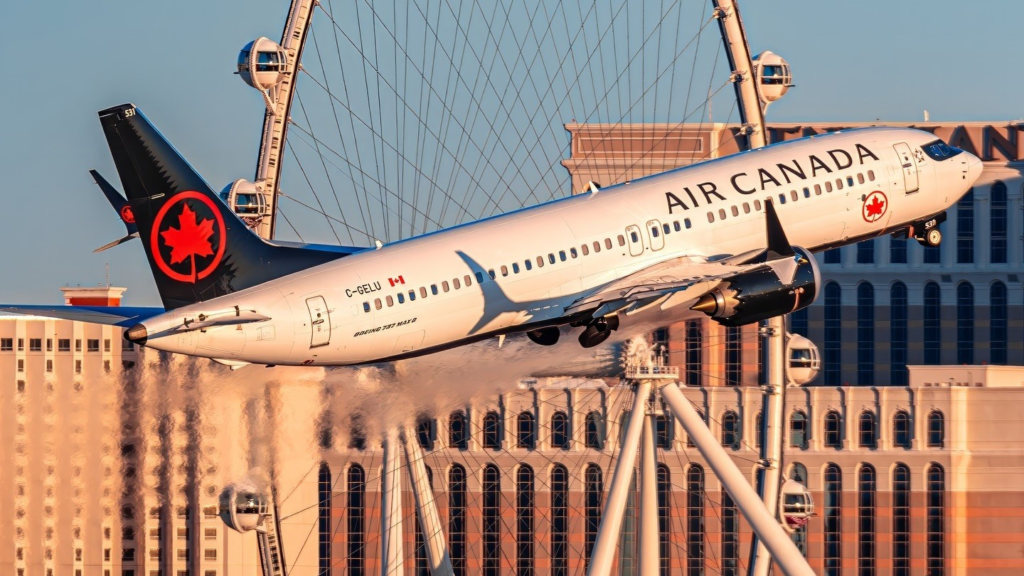
In addition, former sites like Kansas City (MCI), Hartford (BDL), and Baltimore (BWI) are also being considered for restoration, which could be targeted for around the year 2026.
Through these developments, Air Canada intends to demonstrate that it is committed to softening its footprint as well as progressing with the increasing cross-border travel demand.
New routes would further reinforce the carrier’s position in the market of transborder connectivity as one of the major players.

Possible Future Routes
With the trend in the aviation market shifted focus to several route inclusions this is in line with market trends, fleet capabilities of the airline as well as the airline’s goals. This includes provisions for unexploited demand and a desire to expand the hubs located in Toronto (YYZ), Vancouver (YVR), Calgary (YYC), and Montreal (YUL).
YYZ-SAT (Toronto–San Antonio): Since business and leisure travel are ever-increasing, San Antonio has become active. There is a possibility of Pamela directed to Toronto wherein San Antonio serves the Canadian businessmen and tourists interested in southern USA.
YVR-DFW (Vancouver–Dallas-Fort Worth): Dallas-Fort Worth and Vancouver are important cities and by linking them, Air Canada can provide better opportunities for cross-border and further travel.
YYC-LAX/SFO (Calgary–Los Angeles/San Francisco): With Calgary being a key point in Western Canada’s core and southern California’s major centers like Los Angeles and San Francisco showing an upward trend in business and leisure travel, this makes sense.
YUL-SLC (Montreal–Salt Lake City): One more base with seasonal leisure and business interaction seems to be gaining funds.
PDX-YUL (Portland–Montreal): With Portland’s growing appeal as a leisure destination and Montreal’s role as a cultural and business hub, this route could attract a mix of tourists and business travelers.
YYC-LAS/PHX (Calgary–Las Vegas/Phoenix): The Las Vegas and Phoenix markets are among the more readily accessible for Canadian tourists and can augment Rouge’s leisure charter portfolio.
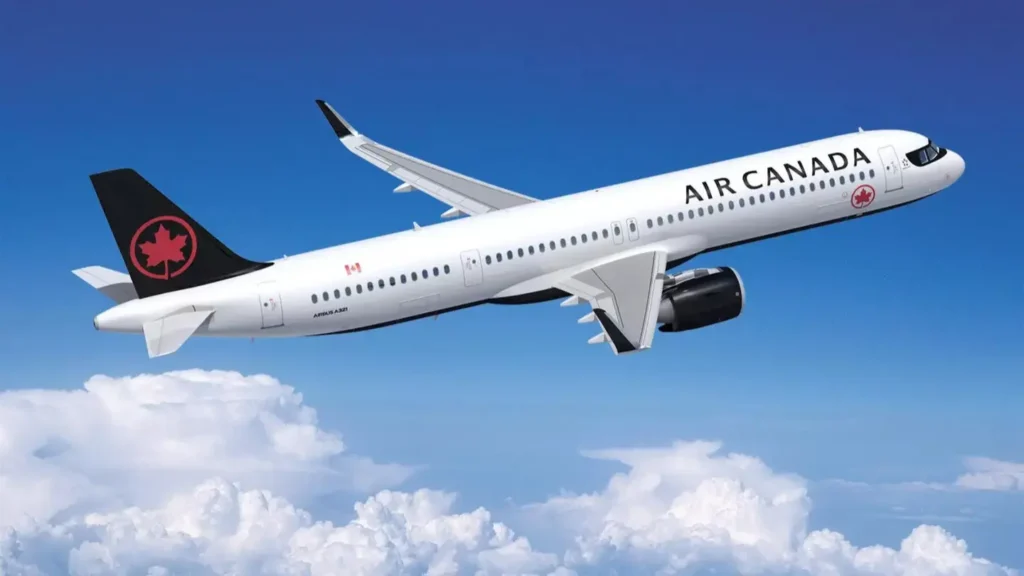
Transcontinental Routes Enhancements
Air Canada plans to use its future Airbus A321XLRs (Extra Long Range) for the transcontinental commutes.
Such aircraft, which are characterized by long-range and low cost, are well suited to provide connectivity between cities such as Los Angeles (LAX), San Francisco (SFO), and Newark (EWR).
The introduction of A321XLRs will allow Air Canada to improve service and expand services between these key hubs.
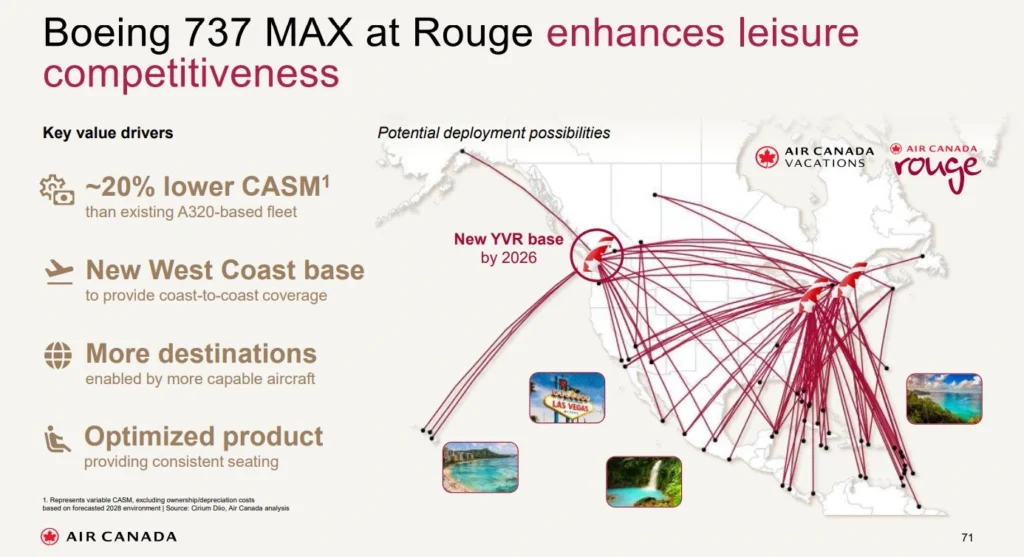
Leveraging Fleet Advancements and Additions
Air Canada’s plans to fly Airbus A321XLR and Boeing 737 MAX are indicative of the airline’s commitment to next-generation solutions in its fleet.
By having the long range of the A321XLR the airline is able to fly long routes on a smaller aircraft, therefore saving on operating costs and passenger comfort.
For instance, the Rouge 737 MAX fleet is typical of leisure markets, not only for its own efficiency but also because it is able to service a sufficiently wide area to serve destinations like Las Vegas or Phoenix.
Canadian leisure and business travelers continue to show interest in U.S. destinations, and U.S. leisure and business travelers continue to actively seek out Canada’s unique cultures and natural treasures.
These restructured links will rise to meet the demand and offer useful links that fit naturally between consecutive trips.
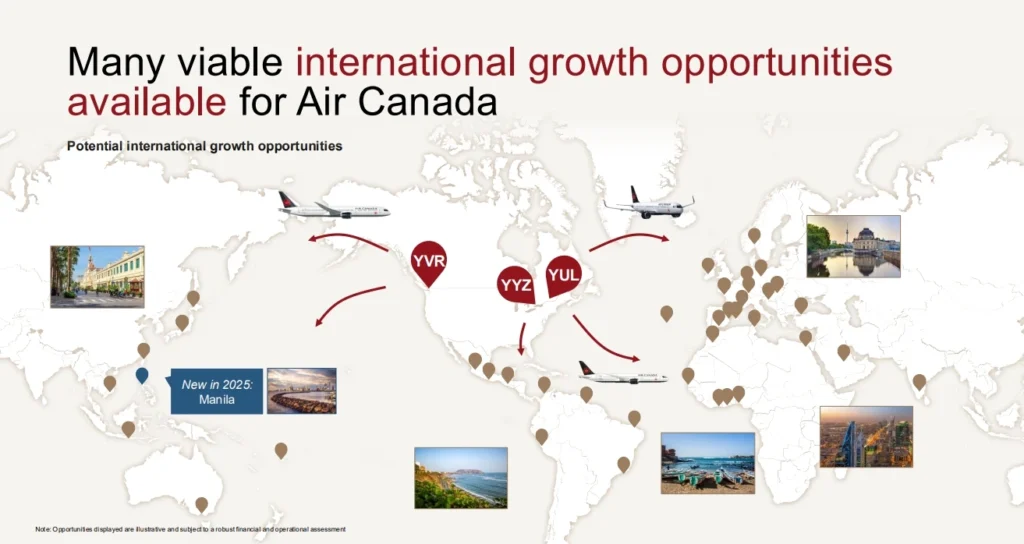
Bottom Line
Air Canada’s plan to operate 7 or more U.S. locations by 2028 is based on a forward-looking strategy to serve an expanding market for cross-border travel.
Proposed alternative corridors, such as Toronto-San Antonio and Vancouver-Dallas-Fort Worth, underscore the focus on linking major business and leisure destinations the airline serves.
As these plans progress, Air Canada’s involvement in building North American connectivity will only grow larger.
Stay tuned with us. Further, follow us on social media for the latest updates.
Join us on Telegram Group for the Latest Aviation Updates. Subsequently, follow us on Google News

